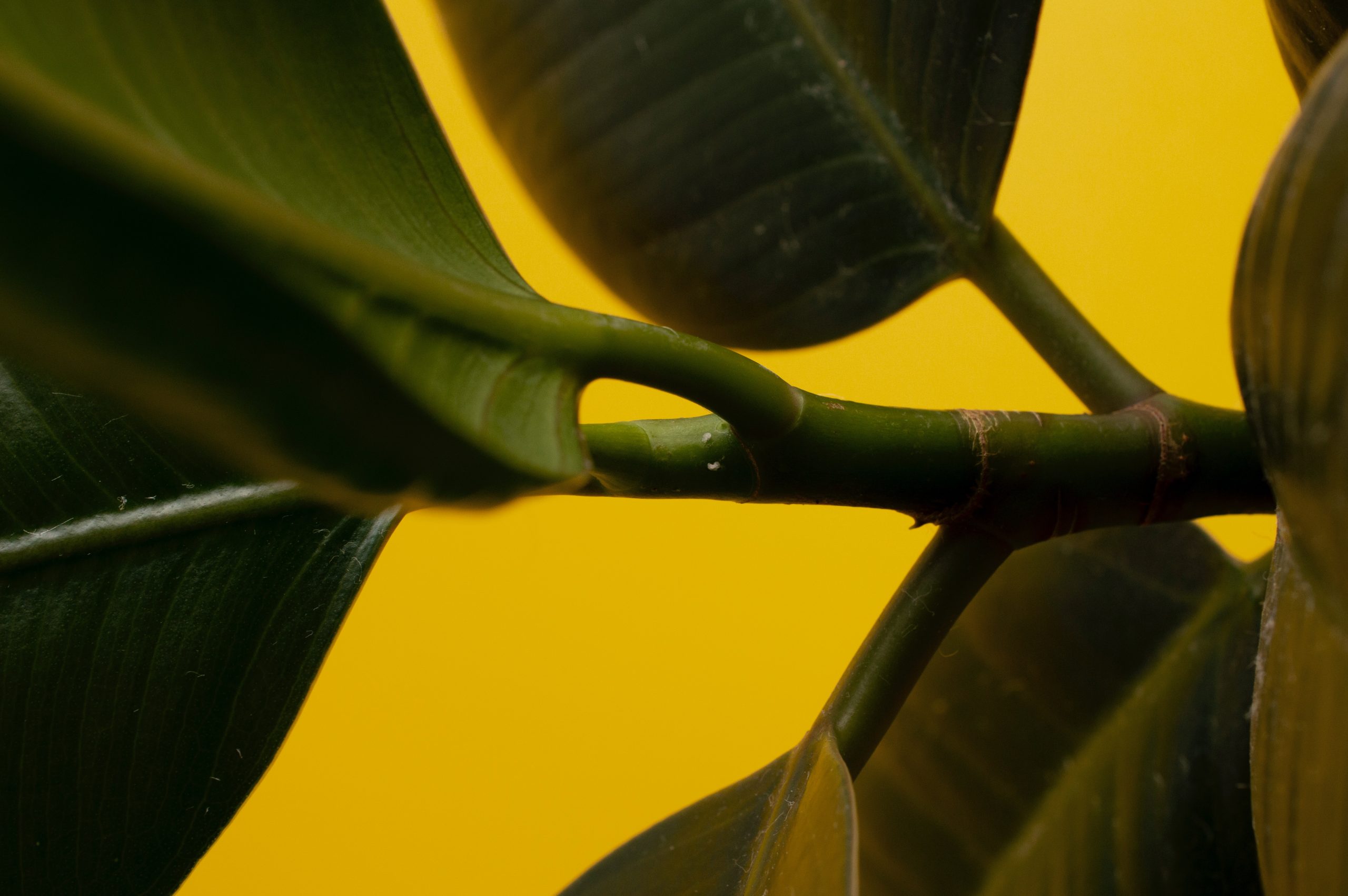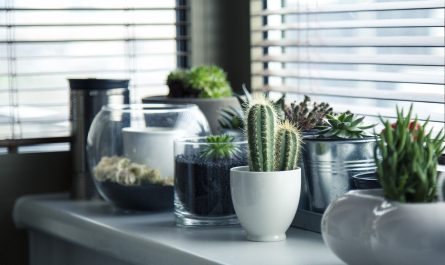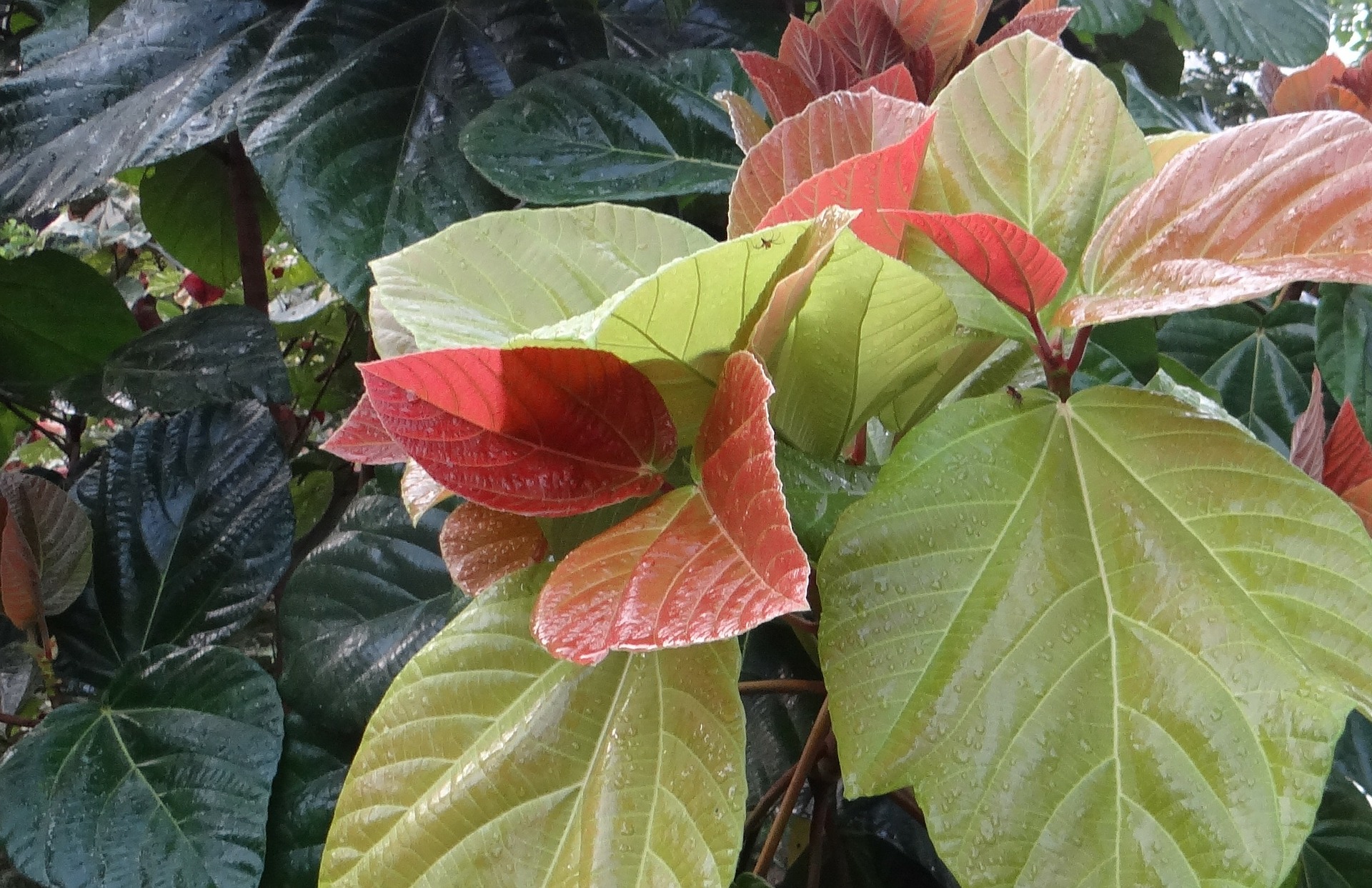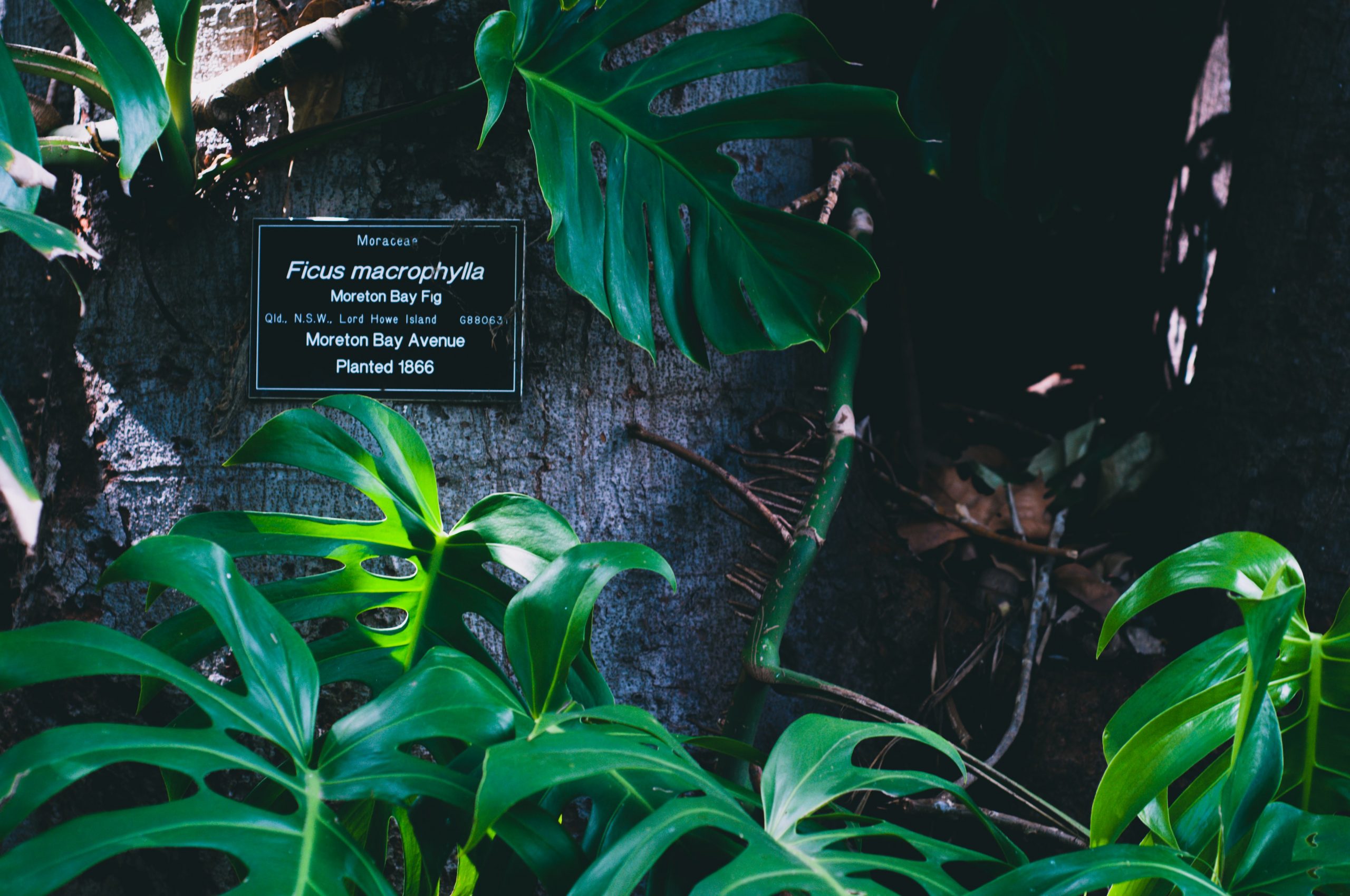The Ficus benjamina is a particularly popular species that is present in many homes around the world. Very often, this plant seduces by its pretty variegated leaves and by its ease of maintenance. However, poor exposure, a watering problem or an unsuitable pot can end up weakening the plant.
How to save a Ficus benjamina that is no longer in great shape? We tell you everything in our article dedicated to this beautiful houseplant.
Save a Ficus benjamina by eliminating dead limbs
The dead parts of the Ficus benjamina can drain the plant's energy and thus weaken it severely. Be careful because some branches may be leafless while still being alive! In order not to be mistaken, scrape a small part of the outer layer of the limb with your fingernail. If you see green under the bark, the limb is still alive. If, on the other hand, it is dead, cut with a small secateurs, always leaving a piece of branch of one cm. If you do not leave this small piece of branch, the Ficus benjamina will dry the branch lower for protection, until the trunk is finally reached.
After removing all of the dead limbs, you then need to cut off the living limbs. You can then give them the shape you want. In general, it is considered that two thirds of the plant should consist of the trunk and the remaining third should be made up of branches and leaves. If sap is leaking from the cut areas, don't worry! This will dry out and thus allow the plant to heal.
Save a Ficus benjamina by repotting it
To properly repot your Ficus benjamina, take it outside and gently remove it from its original pot. If you want to repot it in the same container, then it is important to clean it well. For this you can simply use hot water and soap. Be careful to rinse everything well to avoid contaminating the plant.
Before repotting the Ficus benjamina, lightly shake the plant to remove any soil that still remains in its roots. You can then place the plant back in its pot by changing the potting soil. Replant the Ficus benjamina to the same depth as before. If the roots have developed a lot, then you will have to plant it a little deeper to cover all of the roots.
If you are repotting the Ficus benjamina in a new container, choose a pot that is slightly larger in diameter than the old one. Thus, the plant can comfortably develop its roots and grow optimally.
Save a Ficus benjamina thanks to appropriate maintenance
If you have just repotted your Ficus benjamina, then you will have to provide it with a well-adapted maintenance. It is indeed very important that the plant has suitable watering, but that it also be placed in an environment that suits it perfectly.
After repotting, water the plant abundantly. Then wait between 30 minutes and an hour for the water to have reached all the roots and add a dose of fertilizer. Keep adding this until it drains below the jar. The higher the heat and light, the more fertilizer the Ficus benjamina will need. You can then add special houseplant fertilizer once every three weeks in winter and once a week in summer.
The Ficus benjamina appreciates the humidity on its foliage but he doesn't like having the roots submerged in water at all. To provide it with an optimal humid environment, spray water on the leaves of the plant. Preferably choose clear water at room temperature. This daily spray also helps to repel mites that could eventually infest the plant.
If you notice that your Ficus benjamina is losing its leaves, it may be that it has been placed in an unsuitable location. Indeed, this species does not tolerate cold drafts well. It will thus be necessary to avoid placing the plant in the opening of a window or in passages such as the entrance to the house. Too much light exposure and too dry an environment can tend to drop the leaves of Ficus benjamina. Always make sure that it is indirectly exposed to the sun's rays and that all of its foliage is sprayed regularly.
The Ficus benjamina is a houseplant that you can easily save, with a little care and common sense. It is by observing the plant closely that you will be able to identify the problem that seems to weaken it. So you can save your Ficus benjamina and enjoy its green foliage in your interior for a long time to come.




